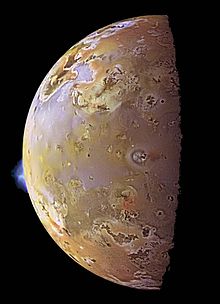Direct reaction heavy atoms to catalyst surface demonstrated
1 hour ago
Most chemical reactions on a material surface (catalyst) follow the Langmuir-Hinshelwood scheme: atoms from the surroundings adhere to the material and move randomly across the surface until they meet each other. At that spot the atoms react with each other and are subsequently released from the surface. In Eley-Rideal reactions a particle on the surface instead reacts directly with an atom from the surroundings that is rapidly moving past it. According to the theory, this type of reaction takes place most easily with light, rapidly moving atoms. In practice, the Eley-Rideal reaction has only been demonstrated with the lightest atom, hydrogen. The team from DIFFER, the Materials innovation institute M2i and the Van 't Hoff Institute for Molecular Sciences in Amsterdam have now demonstrated for the first time that heavier atoms such as nitrogen and oxygen can also undergo an Eley-Rideal reaction.
"In our set-up, Harpoen, we can directly observe the difference between the two types of reaction", explains research leader Dr Teodor Zaharia. His team covered a surface of ruthenium with a layer of oxygen atoms and fired a focused beam of nitrogen atoms at this to obtain the reaction product nitrogen oxide. "The Eley-Rideal reaction takes place within a fraction of a second: the original kinetic energy of the nitrogen is conserved and you can therefore observe the reaction product rebounding from the surface at the same angle as which the original nitrogen atom collided with it." In the Langmuir-Hinshelwood reaction, however, there is no link between the direction of movement of the original atoms and the reaction products; due to the random walk across the surface the information about the original direction of movement is lost. Using detectors that can measure the direction of the reaction product, Zaharia and his team could unequivocally observe the fingerprint of the Eley-Rideal reaction.
The higher energy of the reaction products also revealed that an Eley-Rideal reaction had taken place: just one of the reacting atoms needs to break its attachment to the surface as a result of which less energy is needed. The Eley-Rideal reaction between heavier atoms is therefore attractive for applications in catalysis. The reaction pathway offers extra control over which particles react and that could lead to new ways of producing and processing materials. The research will be continued in a collaboration between DIFFER and the Center of Interface Dynamic for Sustainability that fellow researcher and former director of DIFFER Aart Kleyn has set up in the Chinese city of Chengdu.
Read more at: http://phys.org/news/2014-07-reaction-heavy-atoms-catalyst-surface.html#jCp
